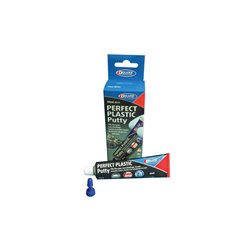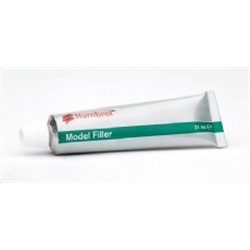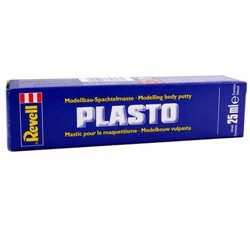You can use OO figures with OO9 trains as OO9 is OO narrow-gauge track. It means the track has a width of 9mm rather...
No products
Product successfully added to your shopping cart
There are 0 items in your cart. There is 1 item in your cart.
Search Tips
Christmas and New Year
We are dispatching orders every weekday apart from Christmas Day, Boxing Day and New Year's Day.
If you order is time critical, select next day delivery at checkout.
The shop in Sandown is closed from 25th December, reopening on 30th December.
What are ejector pins?
Ejector pins are used in the injection moulding process of the manufacturing of plastic kits and die cast kits. They apply force to eject the part from the mould: once it has been opened, the pins extend in to the mould and push the part out. They then reseat themselves to allow the mould to close and be refilled for the next one. These pins are also known as knock out pins.
They sometimes leave marks on models.
If the mark would be visible on the finished model, simply fill it with model filler. Another option, is to cover it with foil or a plastic strip.
Click here to receive the tips weekly in your mailbox. You can unsubscribe at any time.










